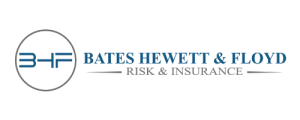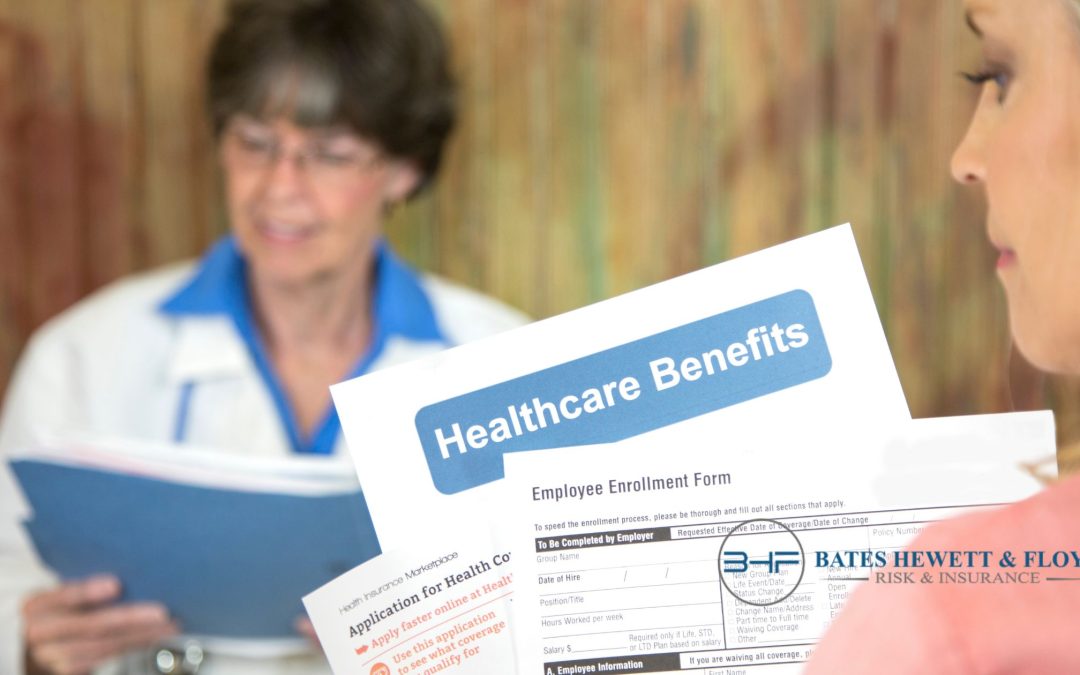Open enrollment is an opportunity for employers to educate their workforce about attractive benefits offerings that can help boost employee retention, satisfaction, and engagement. However, with four or five generations in the workforce, finding a benefits plan that satisfies everyone can be challenging. A 2022 report by analytics and advisory company Gallup found that employees are postponing retirement, with over two-thirds (76%) of U.S. adults aged 65 to 69 still working. Additionally, Generation Z accounts for a growing percentage of the workforce. These generations and those in between have vastly different needs. This article provides guidance for how employers can balance the needs of an age-diverse workforce when developing competitive benefits offerings.
How Age Impacts Desired Benefits
Generations aren’t homogenous, and there may be variations between individual employee needs and desires within a generation. However, age often impacts the benefits that employees most desire. Here’s a traditional breakdown of the preferred benefits for each generation:
- The Silent Generation (1928-1945) generally wants traditional core benefits, retirement benefits, and formal employee recognition programs.
- Baby boomers (1946-1964) typically value caregiving benefits, workplace flexibility, comprehensive health care plans, retirement benefits, and ongoing training opportunities.
- Generation X (1965-1980) often wants remote work opportunities, flexible scheduling, and caregiving benefits.
- Millennials (1981-1996) generally prioritize flexible scheduling, remote work opportunities, student loan repayment programs, and ongoing training opportunities.
- Generation Z (1997-2012) typically wants flexible scheduling, remote work opportunities, and comprehensive employee assistance program benefits.
Navigating Differences in Desired Benefits in Preparation for Open Enrollment
Creating a benefits plan that satisfies every generation in the workforce may seem daunting. However, employers should remember that they don’t have to meet the exact desires of every generation. Rather, a successful multigenerational benefits plan will contain something of value for everyone. Therefore, choosing benefits for a multigenerational plan may be similar to what employers are already doing. The following steps can help employers create benefits plans that meet their budget and their employees’ needs:
- Determine the primary goal (e.g., reducing costs or improving employee attraction and retention).
- Survey employees about their benefits preferences.
- Decide on a budget.
- Select benefits that align budget requirements with employee desires.
- Communicate the offerings
Considerations for Educating a Multigenerational Workforce About Open Enrollment
Employers should remember that there are understandable differences in the way different generations view open enrollment. Older generations with more experience selecting benefits are often more confident and prepared to make educated benefits decisions than younger generations who are new to the workforce. Thus, employers should present information about open enrollment and benefits plans in a way that’s accessible to all generations. This may include the following:
- Create a multichannel approach. Unsurprisingly, different generations prefer to obtain information from varying sources. For example, baby boomers are generally more likely to want information via a pamphlet or brochure than younger generations. For this reason, open enrollment and benefits information should be provided to employees via numerous channels (e.g., emails, webinars, pamphlets, and in-person conversations).
- Find ways to connect virtually. These days, an organization’s workforce can be widely dispersed across geographic locations. Depending on an employee’s age, they may also be making benefits decisions with their parents, a partner, or a spouse. Therefore, employers must find ways to connect with employees virtually about open enrollment. This may include creating videos, sending emails, and providing access to interactive virtual tools.
- Target communications. A survey by software company Jellyvision found that 35% of employees only want to learn about benefits that impact them personally. This means that helping employees connect with the benefits they want and need may include targeting benefits communications to employees based on demographics and benefits preferences. For example, employers should consider providing Medicare information and guidance to older generations of workers. Meanwhile, younger generations of workers might prefer to be directed toward employee assistance programs and student loan repayment benefits.
- Make information accessible. It’s important to remember that workforces aren’t just age-diverse. Employees’ families today may look different than the “typical” family did decades ago. Employers should be inclusive in their messaging to ensure employees from all types of households (e.g., single-parent families and LGBTQI+ relationships) feel there are benefits for their families.
Benefits offerings are a primary factor that impacts employees’ decisions to stay at their current jobs or search for new positions. Employers who tailor benefits to the needs of their employees and successfully communicate open enrollment information across all generations in the workforce may experience improved employee retention and engagement.Contact us today for more workplace resources.
This Benefits Insights is not intended to be exhaustive, nor should any discussion or opinions be construed as professional advice. © 2023 Zywave, Inc. All rights reserved.


